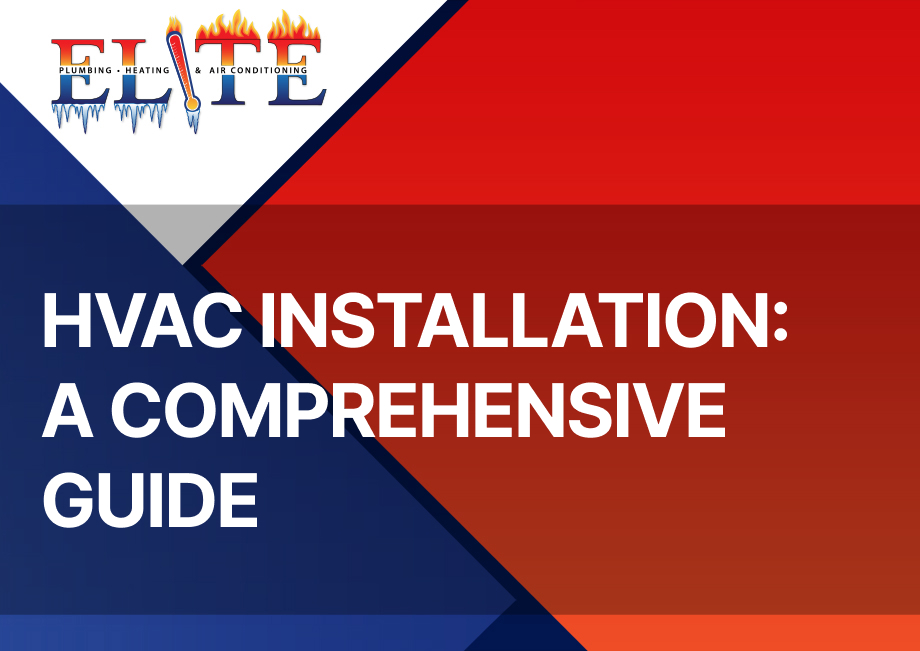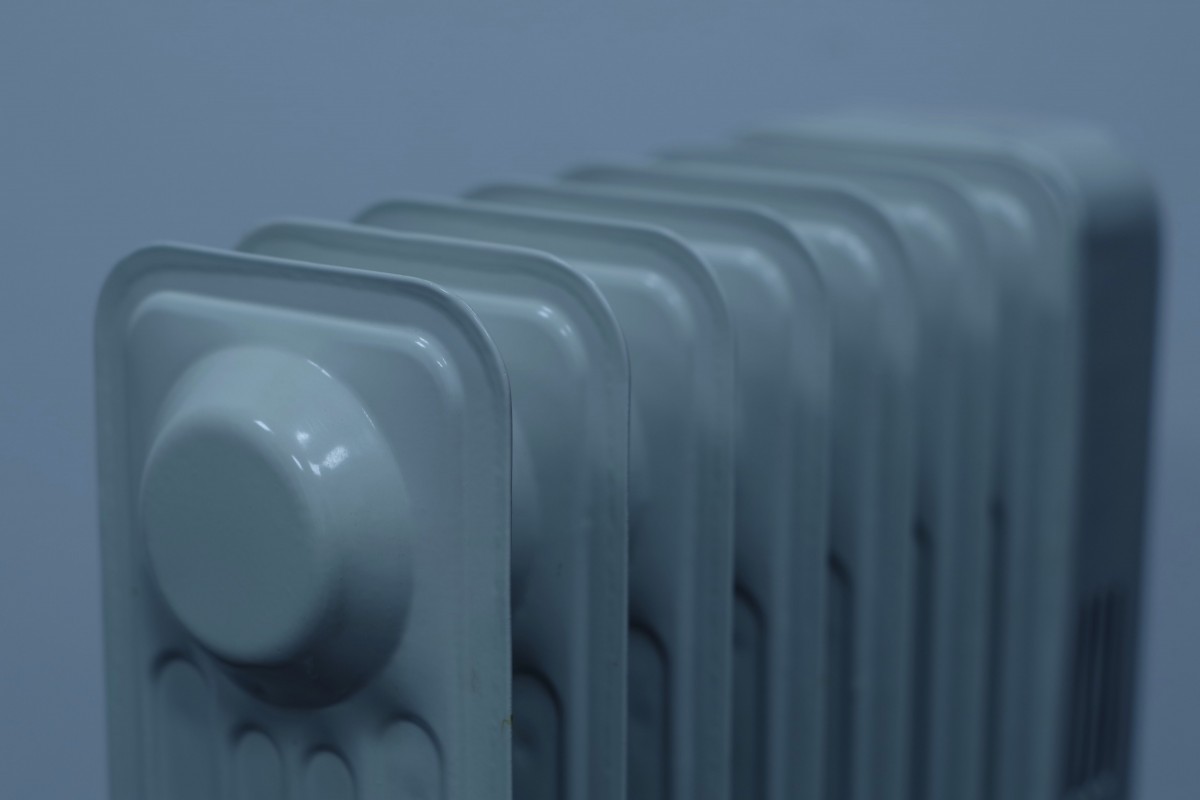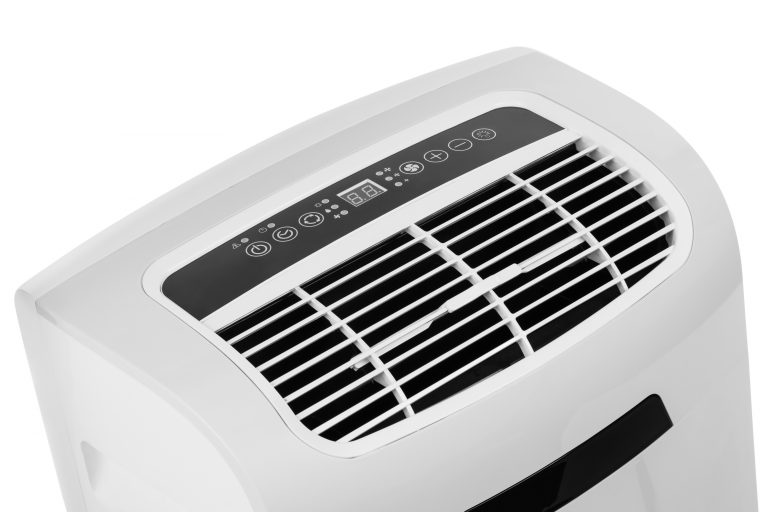HVAC Installation: A Comprehensive Guide
Welcome to our comprehensive guide on HVAC installation. Whether you’re upgrading an existing system or installing a new one, understanding the ins and outs of HVAC installation is crucial for ensuring optimal performance, energy efficiency, and comfort in your space. In this guide, we’ll walk you through the HVAC installation process, covering everything from system selection to post-installation maintenance. Let’s dive in!
Understanding HVAC Installation
HVAC Installation: Key Considerations Before diving into the HVAC installation process, it’s essential to consider several key factors to ensure a successful outcome. From system sizing to budget constraints, here are the crucial considerations:
1. System Sizing and Capacity Requirements Proper sizing is paramount in HVAC installation to ensure optimal performance and energy efficiency. Oversized systems can lead to short cycling and excessive energy consumption, while undersized units may struggle to maintain desired indoor temperatures. HVAC contractors utilize Manual J calculations to determine the appropriate size and capacity requirements for your space.
2. Energy Efficiency and Environmental Impact With growing concerns about energy consumption and environmental sustainability, selecting an energy-efficient HVAC system is crucial. Look for systems with high SEER (Seasonal Energy Efficiency Ratio) ratings for air conditioners and AFUE (Annual Fuel Utilization Efficiency) ratings for furnaces. Additionally, consider eco-friendly refrigerants such as R-410A, which have a lower environmental impact compared to older refrigerants like R-22.
3. Ductwork Design and Efficiency The efficiency of your HVAC system heavily relies on the design and condition of the ductwork. Properly sized and sealed ducts minimize energy losses and ensure consistent airflow throughout your home or building. During HVAC installation, evaluate the ductwork for any leaks, gaps, or obstructions that could compromise performance.
HVAC Installation Process: Step-by-Step Guide
Now that we’ve covered the essential considerations let’s delve into the HVAC installation process. While specific steps may vary depending on the type of system and your unique requirements, the following outline provides a general overview of the installation process:
1. Site Assessment and Planning Before commencing the HVAC installation, conduct a thorough site assessment to evaluate existing infrastructure, spatial constraints, and any unique challenges. This step helps identify potential obstacles and allows for proper planning to mitigate risks and ensure a smooth installation process.
2. System Selection and Procurement Based on the site assessment and your specific requirements, select the appropriate HVAC system that best suits your needs. Consider factors such as heating and cooling capacity, energy efficiency, and budget constraints. Work with reputable HVAC contractors or suppliers to procure the necessary equipment and components for installation.
3. Ductwork Installation and Modification If installing a ducted HVAC system, the next step involves the installation or modification of ductwork to distribute conditioned air throughout the space. This includes sizing, routing, and sealing ducts to minimize energy losses and ensure proper airflow. Professional HVAC contractors employ industry best practices to optimize ductwork efficiency and performance.
4. Equipment Installation and Connection Once the ductwork is in place, proceed with installing the HVAC equipment, including air conditioners, furnaces, heat pumps, and air handlers. Follow manufacturer guidelines and local building codes to ensure proper installation and safe operation. Connect the equipment to the electrical supply, fuel source (for gas furnaces), and thermostat for integrated control.
5. Refrigerant Charging and System Testing After installing the HVAC equipment, it’s essential to charge the refrigerant to the manufacturer’s specified levels and conduct comprehensive system testing. This includes verifying airflow, refrigerant pressures, temperature differentials, and overall system performance. HVAC technicians utilize specialized tools and instruments to fine-tune the system for optimal efficiency and comfort.
6. Quality Assurance and Compliance Before completing the HVAC installation, perform a final quality assurance check to ensure all components are installed correctly, and the system meets industry standards and regulatory requirements. Document installation details, including equipment specifications, test results, and warranty information for future reference. Obtain necessary permits and certifications to comply with local building codes and regulations.
7. Client Orientation and Handover Once the HVAC installation is complete, provide clients with a comprehensive orientation session to familiarize them with the system operation, maintenance requirements, and troubleshooting tips. Offer guidance on proper filter replacement, thermostat settings, and seasonal maintenance tasks to maximize system longevity and performance. Provide clients with warranty information and contact details for ongoing support and service.
Different Types of HVAC Installation
When considering HVAC installation, it’s essential to understand the different types of systems available, each with its own benefits and applications. Here’s an overview of some common types of HVAC installations:
- Centralized HVAC Systems
- Ductless Mini-Split Systems
- Packaged HVAC Units
- Heat Pump Systems
- Geothermal HVAC Systems
- Hybrid HVAC Systems
- HVAC Installation Tools
The HVAC installation process requires specialized tools to ensure accurate and efficient work. Here are some essential tools commonly used by HVAC technicians:
1. Manifold Gauge Set: Used for measuring refrigerant pressures during system charging and testing.
2. Cordless Drill and Bits: Essential for drilling holes and fastening components during installation.
3. Pipe Cutter and Bender: Used for cutting and shaping pipes for ductwork and refrigerant lines.
4. Multimeter: Used for testing electrical circuits, voltage, and continuity during equipment installation.
5. Torch Kit: Necessary for brazing refrigerant lines and soldering copper pipes.
6. Refrigerant Scale: Used for accurately measuring refrigerant during system charging.
7. Ductwork Tools (Duct Cutter, Crimper, Seamer): Essential for modifying and sealing ductwork for proper airflow.
8. Thermometer and Hygrometer: Used for measuring temperature and humidity levels during system testing.
Having the right tools ensures that HVAC installation is done correctly and efficiently, leading to optimal system performance.
HVAC Installation Costs
The cost of HVAC installation can vary significantly depending on factors such as system type, size, complexity, and location. Here are some factors to consider when estimating HVAC installation costs:
1. System Type: Different types of HVAC systems have varying installation costs. For example, ductless mini-split systems may be more affordable than centralized systems due to the absence of ductwork.
2. Size and Capacity: Larger systems with higher heating and cooling capacities may require more extensive installation work, resulting in higher costs.
3. Labor Costs: HVAC installation involves skilled labor, which contributes to the overall cost. Labor rates may vary depending on the experience and expertise of the HVAC contractor.
4. Additional Components: Additional components such as ductwork modifications, thermostats, and indoor air quality products can increase installation costs.
5. Location: Installation costs may vary based on geographic location, local building codes, and permit requirements.
6. Energy Efficiency Upgrades: Investing in energy-efficient HVAC systems may incur higher upfront costs but can result in long-term savings on energy bills.
It’s essential to obtain multiple quotes from reputable HVAC contractors to compare costs and ensure a fair price for your installation project. Additionally, consider factors such as warranty coverage, maintenance plans, and financing options when evaluating installation costs.
Post-Installation Maintenance and Support Congratulations on completing the HVAC installation! However, the journey doesn’t end here. To ensure long-term performance and reliability, it’s essential to prioritize post-installation maintenance and support. Here are some key maintenance tasks:
1. Regular Filter Replacement: Clogged air filters restrict airflow and strain the HVAC system, leading to reduced efficiency and potential breakdowns. Check and replace air filters regularly to maintain optimal indoor air quality and system performance.
2. Scheduled Tune-Ups: Schedule annual HVAC tune-ups with professional technicians to inspect, clean, and lubricate system components. Regular maintenance helps identify and address minor issues before they escalate into costly repairs or system failures.
3. Duct Cleaning and Sealing: Over time, dust, debris, and contaminants can accumulate within the ductwork, compromising indoor air quality and HVAC efficiency. Consider periodic duct cleaning and sealing to remove buildup and prevent air leaks.
4. Thermostat Calibration: Calibrate thermostats periodically to ensure accurate temperature readings and optimal system operation. Programmable thermostats allow for customized temperature settings based on occupancy patterns, helping optimize energy usage and comfort.
In conclusion, HVAC installation is a complex process that requires careful planning, meticulous execution, and ongoing maintenance to ensure optimal performance and comfort. By understanding the key considerations and following best practices outlined in this guide, you can navigate the HVAC installation process with confidence and achieve lasting results. Whether you’re upgrading an existing system or embarking on a new installation project, investing in professional HVAC services and quality equipment is essential for long-term satisfaction and peace of mind. If you have any questions or need assistance with your HVAC installation project, don’t hesitate to reach out to our team of experts at Elite Plumbing, Heating & Air Conditioning by calling 702-263-2665. We’re here to help!
SCHEDULE YOUR FREE ESTIMATE
We Provide Expert Air Conditioning Services in Las Vegas, NV










